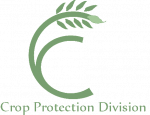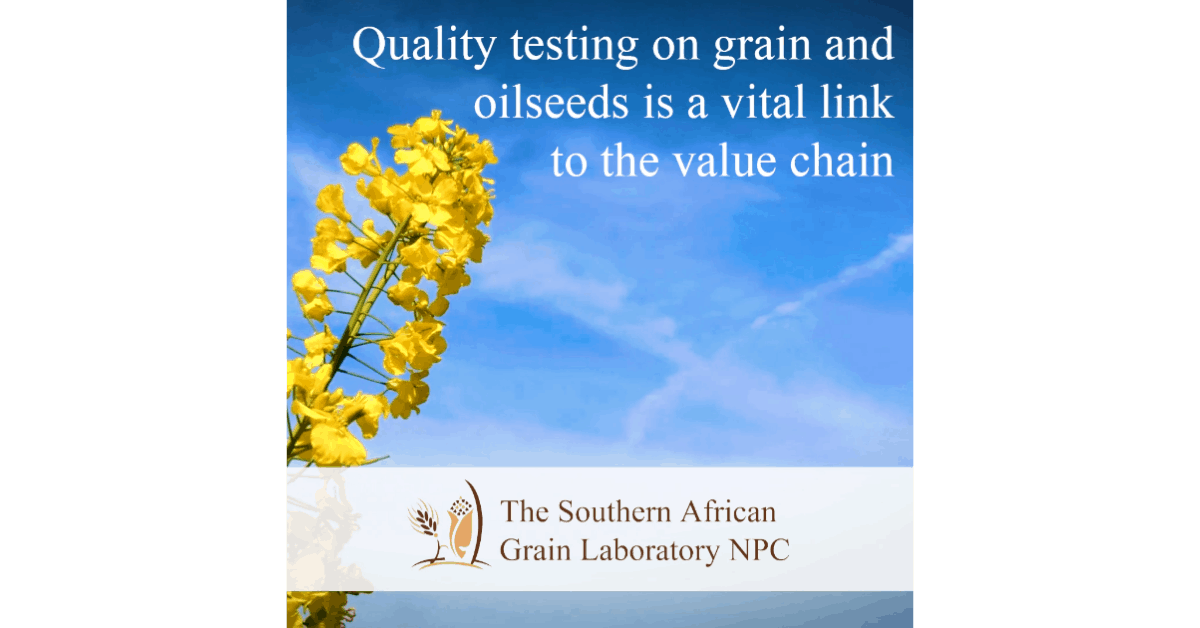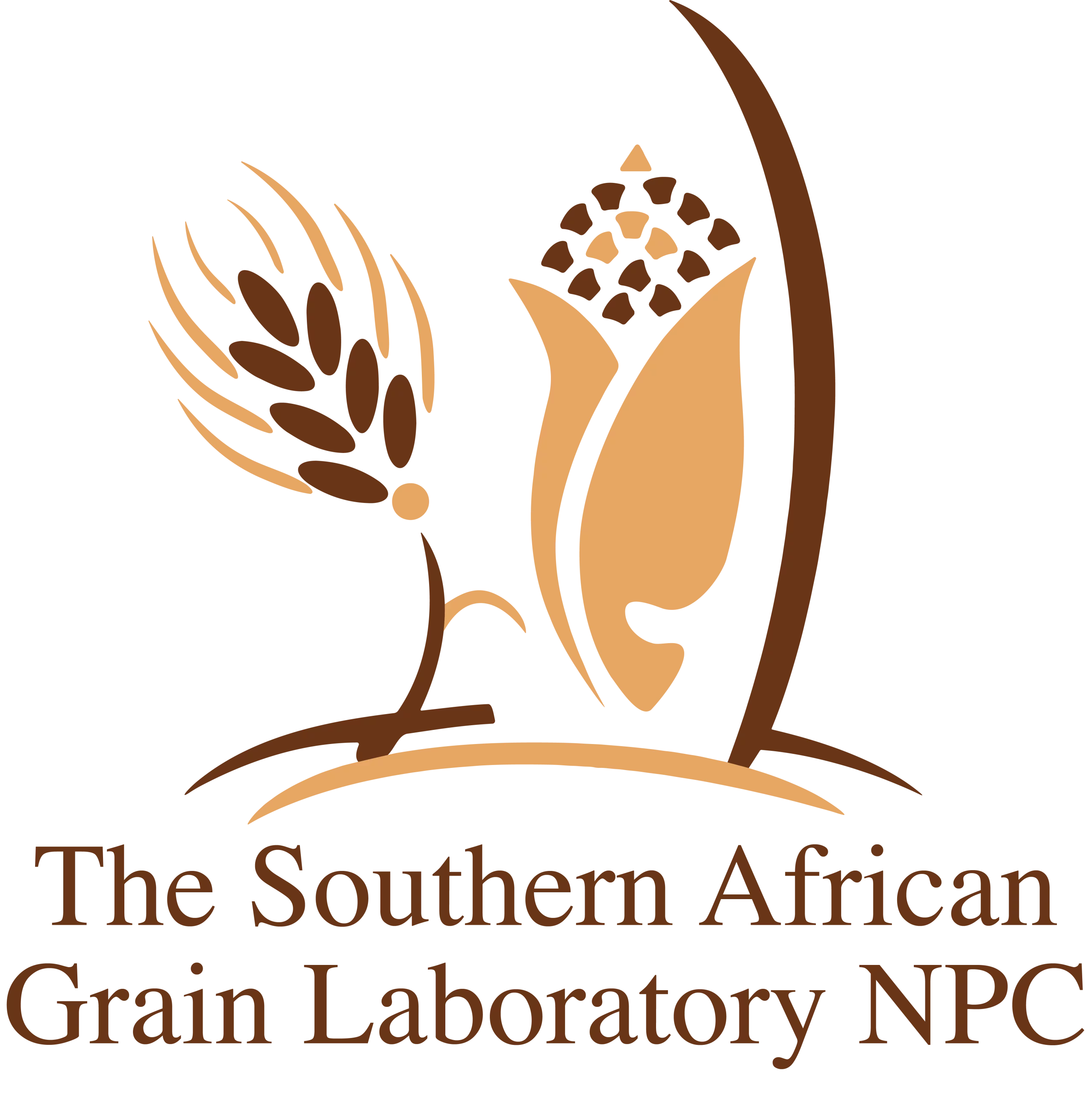Informed business, economic, and social decisions in the food and feed value chain can only be made when the required information regarding the quality of the commodities being used as raw materials, as well as that of the final products, are available. Quality can only be assessed when accurate measurements are available, which also ensure food safety and, finally, support trade. The cost of measurements constitutes a significant part of the grain and oilseed industry’s budgets. However, these costs are offset by the economic impact of crucial decisions made based on measurement results. To confidently provide accurate, reliable, and comparable measurement results, testing laboratories can implement a range of methods. Compliance with quality standards such as ISO/IEC 17025 provides an excellent platform, as this international standard was designed to provide testing laboratories with a set of guidelines to develop their own quality system, covering the range of parameters included in their scope of testing offered to customers.
For compliance, call in the pros
Evaluating a laboratory’s compliance with its own quality system, based on the requirements set out in the standards, is done by national accreditation bodies established for this purpose. The South African National Accreditation System (SANAS) provides this service to laboratories in South Africa as well as other regions. SANAS conducts surveillance audits at regular intervals to confirm compliance. New and improved methods are frequently needed due to changes in local and international regulatory requirements, improved techniques, and laboratory instrumentation.
During these assessments, new methods and technical signatories are also evaluated to be added to the scope of accreditation. The Southern African Grain Laboratory NPC (SAGL) is accredited by SANAS and has complied with this international standard since 1999. The SAGL uses measurement standards or reference materials as prescribed in the standard to confirm technical competence and to ensure international comparability. This demonstrates continued method performance through participation in relevant proficiency testing schemes, and the use of appropriate quality control materials.
Reliable data: the secret to success
Measurements to determine the quality of grain and oilseed commodities over seasons and different production regions provide a useful database to establish trends. The quality parameters included in the annual surveys conducted at the SAGL are determined by industry role-players, taking into consideration the breeding, production, storage, processing, and final application for use. Results of these surveys can, for example, be used when recommendations need to be made regarding changes to regulations, such as those for grading. They can also be used when value chain studies – with the purpose of implementing improvements – are conducted.
The grain and oilseed industry use reliable, quality data on agricultural commodities when marketing these products locally, but even more importantly, to potential customers in the rest of the world. Customers submit samples to the laboratory to support their internal quality control processes, and since not all samples can be submitted to an external laboratory for testing, they also make use of calibration samples prepared at the SAGL. These samples are used to evaluate the accuracy of their equipment and the competency of their employees. They also participate in the proficiency schemes offered by the SAGL as an independent evaluation and confirmation of compliance.
Continuous improvement
Globally, greater emphasis is being placed on food security and safety, with growing population numbers putting pressure on natural resources to provide enough safe food and feed. As a result, the spotlight also moved to reliable testing results as an integral part of improved production, management, and early warning systems. An important goal of the SAGL – as with any testing laboratory – is to continuously improve the quality of the testing while increasing the sample throughput with the implementation of new technology, training laboratory staff, and improved quality systems. To better fulfil its role in the value chain, the SAGL also conducts investigative and research studies to find solutions or suggest alternatives to current processes.



